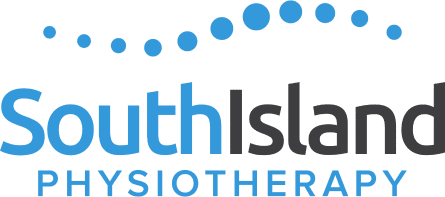Physiotherapy
When you think of physiotherapy, what comes to mind? If you could describe what physiotherapy is to a friend, would you be able to? It may surprise you to know that very few people can actually articulate our service. Which is odd when you think about it; would you ever buy a television or a car without knowing exactly what it does? Of course not, so why would you invest your time, money, and energy into a service in which you don’t fully and comprehensively understand? It is because of this that we’d like to take a moment to outline the top 3 ways that physical therapy should work for you:
1. Physical therapy is not and should not exclusively be about pain relief. Pain is the obvious reason people book an appointment with their trusted therapist but there are a lot of more convenient and cost effective ways to change pain. Physical Therapy is about rising above injury. It is an opportunity to discover how robust the body is and how capable you are in realizing your desires. In doing so pain is eliminated as a consequence. People deal with pain all the time; some every day but the only reason you’ll make the time and effort to come see a therapist is when it affects your joy or threatens your identity.
2. Physical Therapy is a process. More specifically, It is a process in recovery, a process in self-efficacy, and most importantly in self-discovery. When a patient truly walks across the finish line of an injury there is a transition from “I can’t” to “I can.” That, simply put, is the magic of Physical Therapy. This process is broken down into 3 stages. Stage 1 is symptom management and can account for 80% of the perceived improvement. Stage 2 is physical adaptation. In this stage heavy training is required to encourage the body to increase its supply to meet the desired demands. Stage 3 is functional revelation. In other words, it’s taking all of your hard work and putting it to use. In this stage the focus is to test the limits of your new found ability and/or capacity with the goal of forgetting that the injury ever happened.
3. Physical Therapy should be solutions focused not symptom focused. The aspect of Physical Therapy that people are most familiar with is passive care. That is the element of your session in which something is done to you. There are a variety of passive treatments available, including: soft tissue techniques, intramuscular stimulation, dry needling, shockwave therapy, spinal manipulation, spinal decompression, etc. These treatments are important but do best when paralleled with progressive exercise appropriate for your stage of healing. In isolation, passive treatments can result in durable symptom resolution. However, specific exercise(s) can help stimulate adaption and lead to a more resilient, capable body. In many ways, the job of a Physiotherapist is to a) select an appropriate treatment that will manage your symptoms and b) integrate appropriate exercise to stimulate adaption so that you can become more resilient, overcome injury, and achieve your goals. This process requires for us to focus on solutions related to your concern and adapt in order to overcome.
If you’re ready to make your move you can book with one of our Physical Therapists HERE

